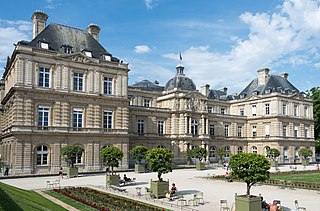
The Luxembourg Palace is at 15 Rue de Vaugirard in the 6th arrondissement of Paris, France. It was originally built (1615–1645) to the designs of the French architect Salomon de Brosse to be the royal residence of the regent Marie de' Medici, mother of King Louis XIII. After the Revolution it was refashioned (1799–1805) by Jean Chalgrin into a legislative building and subsequently greatly enlarged and remodeled (1835–1856) by Alphonse de Gisors. The palace has been the seat of the upper houses of the various French national legislatures since the establishment of the Sénat conservateur during the Consulate; as such, it has been home to the Senate of the Fifth Republic since its establishment in 1958.

Danielle Yvonne Marie Antoinette Darrieux was a French actress of stage, television and film, as well as a singer and dancer.

The Earrings of Madame de... is a 1953 romantic drama film directed by Max Ophüls from a screenplay he co-wrote with Marcel Achard and Annette Wademant. Based on the 1951 novel Madame de... by Louise Lévêque de Vilmorin, the title reflects the fact that the surname of the main character is never revealed—the few times it might be heard or seen, it is obscured by noise or a camera trick. The film is considered a masterpiece of 1950s French cinema, with film critic Andrew Sarris calling it "the most perfect film ever made".
Nicole Stéphane was a French actress, producer and director.
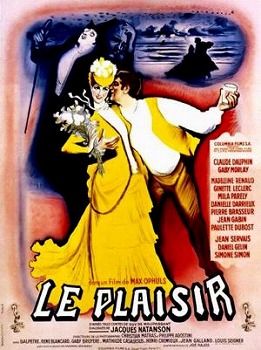
Le Plaisir is a 1952 French comedy-drama anthology film by German-born film director Max Ophüls (1902–1957) adapting three short stories by Guy de Maupassant — "Le Masque" (1889), "La Maison Tellier" (1881), and "Le Modèle" (1883).
Elena Eugenia Manson was a French film actress. She appeared in more than 100 films between 1925 and 1989.

If Paris Were Told to Us is a 1956 French historical film directed and written by Sacha Guitry. The admissions in France were 2,813,682 people.
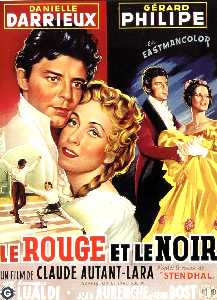
The Red and the Black is a 1954 French-Italian historical drama film directed by Claude Autant-Lara, who co-wrote the screenplay with Jean Aurenche and Pierre Bost, based on the novel The Red and the Black by Stendhal. The film starred Gérard Philipe, Antonella Lualdi and Danielle Darrieux, and won the French Syndicate of Cinema Critics award for the best film of 1955 and the Grand Prix de l'Académie du Cinéma the same year.

La Vérité sur Bébé Donge is a 1952 French drama thriller film directed by Henri Decoin and starring Danielle Darrieux and Jean Gabin. The plot is essentially the analysis of a couple's marriage that has broken down; the film is based on the novel by Georges Simenon.

Beating Heart is a 1940 French comedy film directed by Henri Decoin and starring Danielle Darrieux, Claude Dauphin and André Luguet. It was shot at the Billancourt Studios in Paris. The film' sets were designed by the art directors Léon Barsacq and Jean Perrier. It was inspired by the 1939 Italian film Heartbeat. The film was remade in Hollywood as Heartbeat in 1946 starring Ginger Rogers and Basil Rathbone.

Robert Lamoureux was a French actor, screenwriter and film director. He appeared in more than 30 films between 1951 and 1994. He starred in the film The Adventures of Arsène Lupin, which was entered into the 7th Berlin International Film Festival. He was married to the actress Magali Vendeuil.
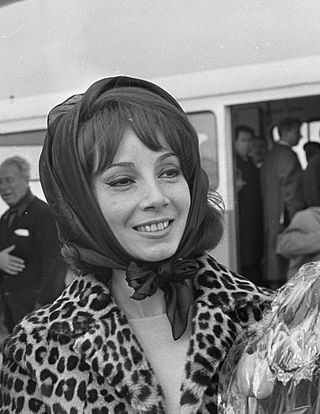
Andréa Parisy, was a French film actress.
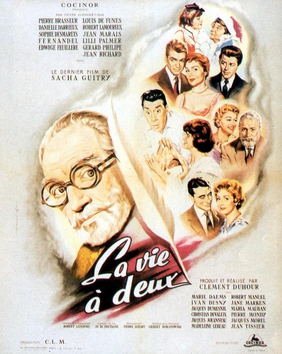
Life Together is a 1958 French comedy film directed by Clément Duhour. It features an ensemble star cast including Fernandel, Pierre Brasseur Lilli Palmer, Danielle Darrieux, Jean Marais, Edwige Feuillère, Gérard Philipe and Sophie Desmarets. The screenplay was written by Sacha Guitry, his final work before his death the same year.

Denise Grey was an Italian-born actress who became a naturalized French citizen.

Robert Dalban was a French actor. His work included stage acting, roles in TV shows and dubbing American stars. Moreover, he was a fixture in French cinema for many decades.

Lovers of Paris is a 1957 French film directed by Julien Duvivier and starring Gérard Philipe. It is based on the 1882 novel Pot-Bouille by Émile Zola.
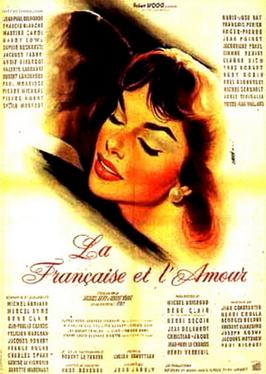
Love and the Frenchwoman is the US title of a 1960 French anthology film originally entitled La française et l'amour. It starred Jean-Paul Belmondo and Dany Robin.
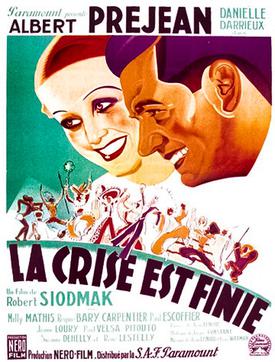
The Crisis is Over is a 1934 French musical comedy film directed by Robert Siodmak and starring Albert Préjean, Danielle Darrieux and Marcel Carpentier. Many of those who worked on the film were exiles from Nazi Germany. It was made by Nero Films, which until recently had been based in Berlin.

Goodbye Darling is a 1946 French drama film directed by Raymond Bernard and starring Danielle Darrieux, Louis Salou and Gabrielle Dorziat. The film's sets were designed by the art director Robert Gys.
René Berthier was a French film and television actor.

















